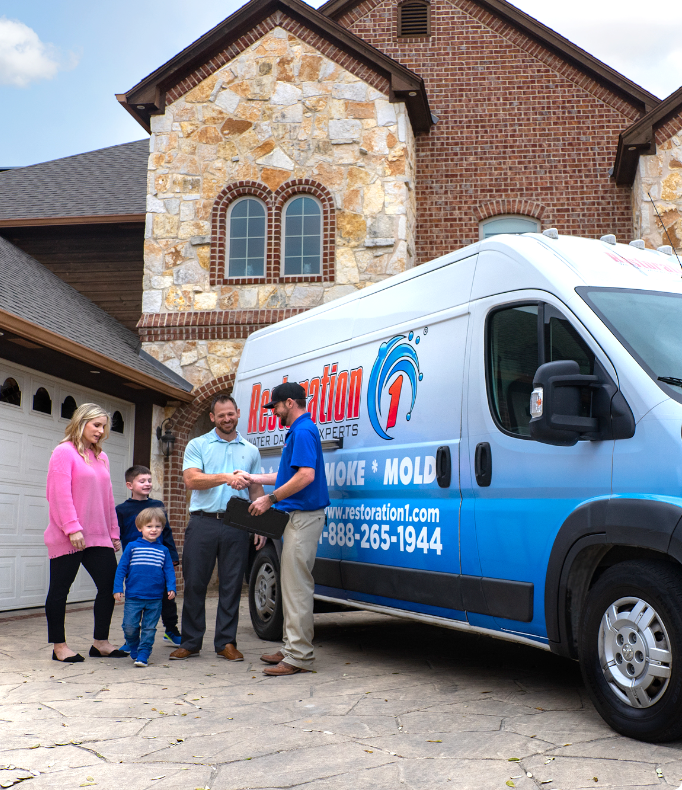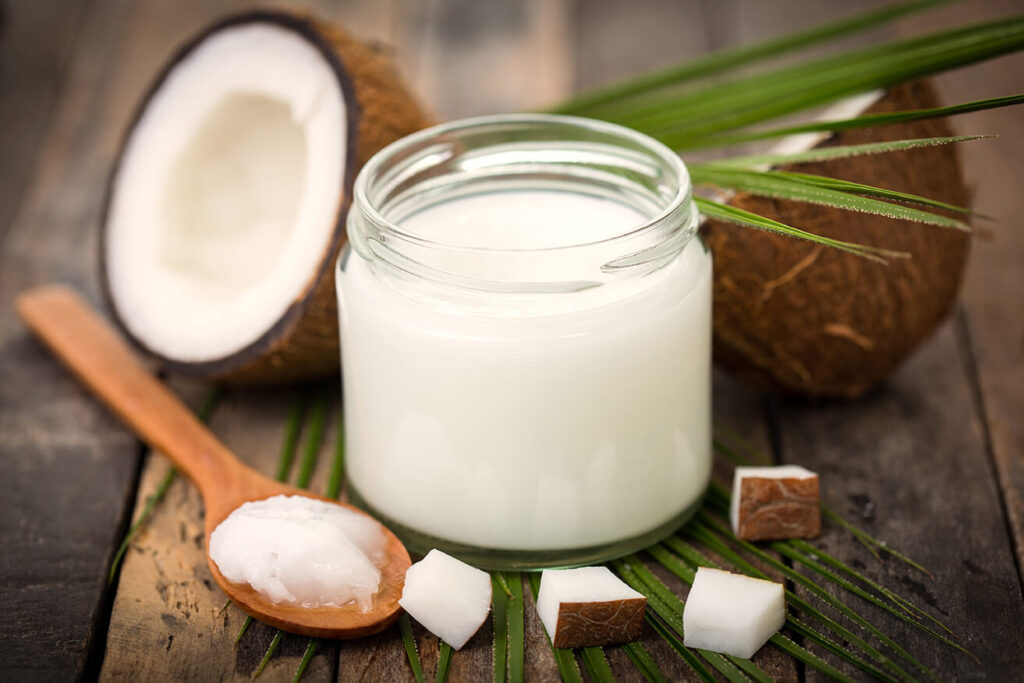Understanding the Mold Removal Process
Mold is unpleasant with its unsightly stains and musty odors, and it can cause significant property damage and health concerns. According to mold removal in Minnetonka experts, getting a professional inspection as soon as possible is vital to protecting your home and health.
Mold inspectors will survey your home and collect samples to conduct testing. Depending on the size and severity of the contamination, they may perform swab tests or air cell testing.

Costs
Mold can become a significant problem for homeowners and be costly. The mold removal cost varies depending on the problem’s size and the mold’s location.
Typically, the costs of mold removal are determined by labor. Generally, labor accounts for about 60 percent of the overall cost of mold remediation.
However, the materials needed to repair the damage can also be a factor. These materials range from drywall (and tape, mud, and finishing supplies) to roofing and foundation sealing materials.
Homeowners can minimize mold removal costs by quickly identifying and fixing leaks to prevent moisture from entering the home. This can help to reduce the damage caused by mold, including structural decay and unsightly marks on drywall and other surfaces.
Mold can also exacerbate allergy and asthma symptoms in those who suffer from them, so it’s essential to take care of the issue as soon as possible. If you suspect your home may have a mold problem, contact one of the mold remediation companies near you for a free estimate.
Symptoms
Mold thrives on cellulose in porous materials like wood, carpet, and insulation. When mold grows on these surfaces, it eats away at them and causes severe structural damage.
In addition, it can cause allergies, asthma, and other adverse health problems in susceptible people. It may also produce toxic mycotoxins, which can be absorbed through the skin, airways, and intestines.
If you have a problem with mold in your home or business, you should act quickly to get it removed. The longer the mold remains, the more serious the problem becomes.
Common mold symptoms include:
- A musty smell.
- Water stains on walls and ceilings.
- Bubbled paint.
- Uneven floors.
- Discoloration of finished surfaces.
Molds grow in damp areas without proper ventilation, such as bathrooms and basements.
Inspection
Mold requires water to grow, so it’s essential to remove excess moisture as soon as possible. This can be done using dehumidifiers, fans, or wet/dry vacs to dry out wet materials as quickly as possible.
It’s also important to identify any sources of moisture on the property, such as leaky pipes or a malfunctioning washing machine, that may contribute to mold growth. Again, a qualified inspector can help identify the cause of the problem, as well as determine what type of mold is present.
The inspection process consists of a visual assessment of the areas that have been affected by the fungus. This includes the walls, ceilings, and floors of a building.
In addition, the inspector will take air samples and send them to a lab for analysis. The results will indicate what mold is present, if any, and how much there is. Once the test is complete, a report will be provided outlining any further steps needed to remediate the mold.
Remediation
Mold is a fungus that grows in moist areas. It can harm your health and cause structural damage to your home or business. Mold removal in Minnetonka can remove mold from your home or business and prevent future mold growth.
Mold remediation begins with sealing the contaminated area and ensuring workers wear hazard suits. The contaminated area is then cleaned and treated using a solution to kill the mold.
Depending on the extent of the mold, professionals may need to remove carpets or drywall from your home or business. These materials are then bagged up and carefully carried out to prevent spores from spreading in the rest of your home.
Once the contaminated areas are sealed off and the affected materials are removed, the site is restored to its original condition. This process can take several days or weeks. After the restoration, a post-remediation test is performed to ensure the mold has been eliminated.






